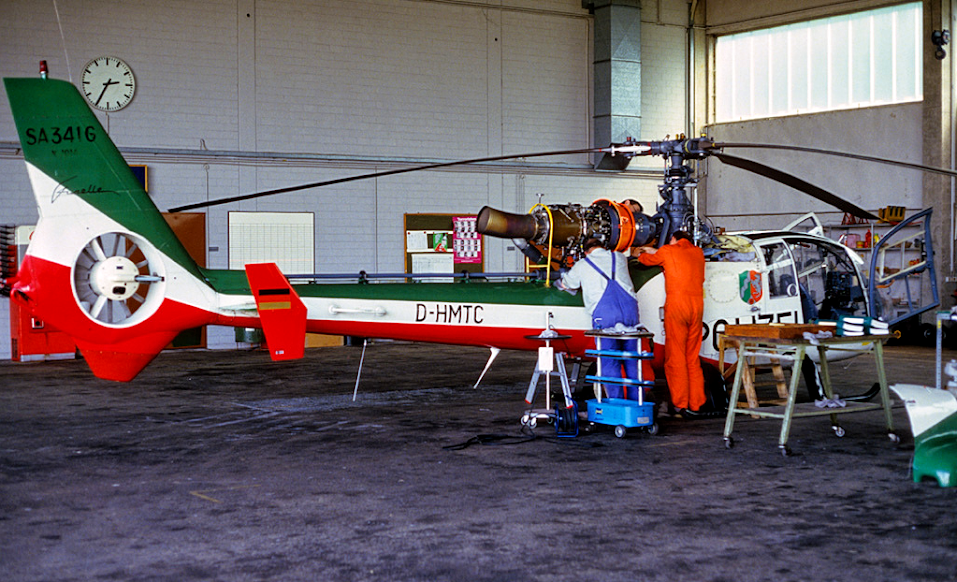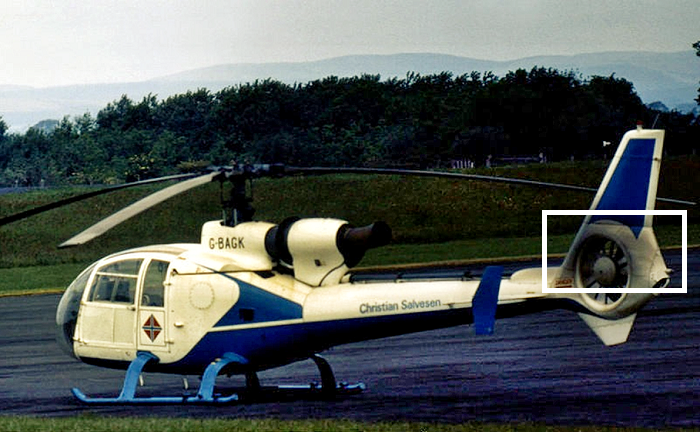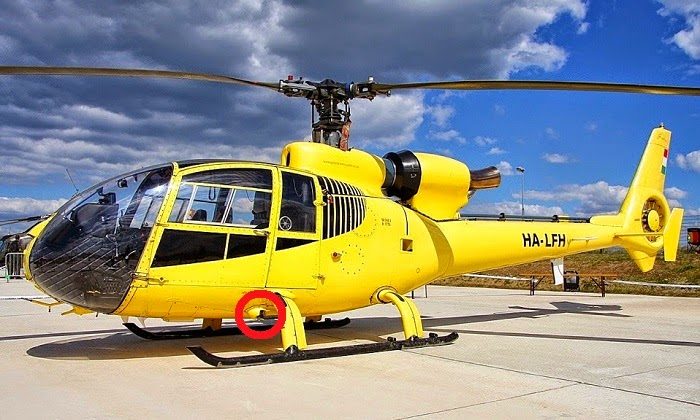
More Benegaz ..
SA341G(S) YU-HVZ (cn 1295) as seen at Best-Liempdseweg in the Netherlands on 29th July 2014. All photos by Ad Vercruijsse:
Black Pete by her garage with her 'hat' on!
Black Pete's parking area
Black Pete's landing pad







 ) and which I am sure the Gaz is just as good at.
) and which I am sure the Gaz is just as good at.













Comment